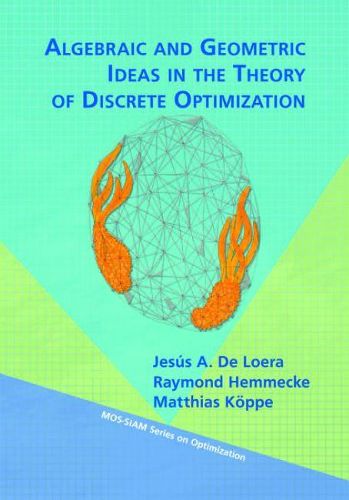Readings Newsletter
Become a Readings Member to make your shopping experience even easier.
Sign in or sign up for free!
You’re not far away from qualifying for FREE standard shipping within Australia
You’ve qualified for FREE standard shipping within Australia
The cart is loading…






In recent years, many new techniques have emerged in the mathematical theory of discrete optimization that have proven to be effective in solving a number of hard problems. This book presents these recent advances, particularly those that arise from algebraic geometry, commutative algebra, convex and discrete geometry, generating functions, and other tools normally considered outside of the standard curriculum in optimization. These new techniques, all of which are presented with minimal prerequisites, provide a transition from linear to nonlinear discrete optimization. This book can be used as a textbook for advanced undergraduates or first-year graduate students in mathematics, computer science or operations research. It is also appropriate for mathematicians, engineers, and scientists engaged in computation who wish to gain a deeper understanding of how and why algorithms work.
$9.00 standard shipping within Australia
FREE standard shipping within Australia for orders over $100.00
Express & International shipping calculated at checkout
In recent years, many new techniques have emerged in the mathematical theory of discrete optimization that have proven to be effective in solving a number of hard problems. This book presents these recent advances, particularly those that arise from algebraic geometry, commutative algebra, convex and discrete geometry, generating functions, and other tools normally considered outside of the standard curriculum in optimization. These new techniques, all of which are presented with minimal prerequisites, provide a transition from linear to nonlinear discrete optimization. This book can be used as a textbook for advanced undergraduates or first-year graduate students in mathematics, computer science or operations research. It is also appropriate for mathematicians, engineers, and scientists engaged in computation who wish to gain a deeper understanding of how and why algorithms work.